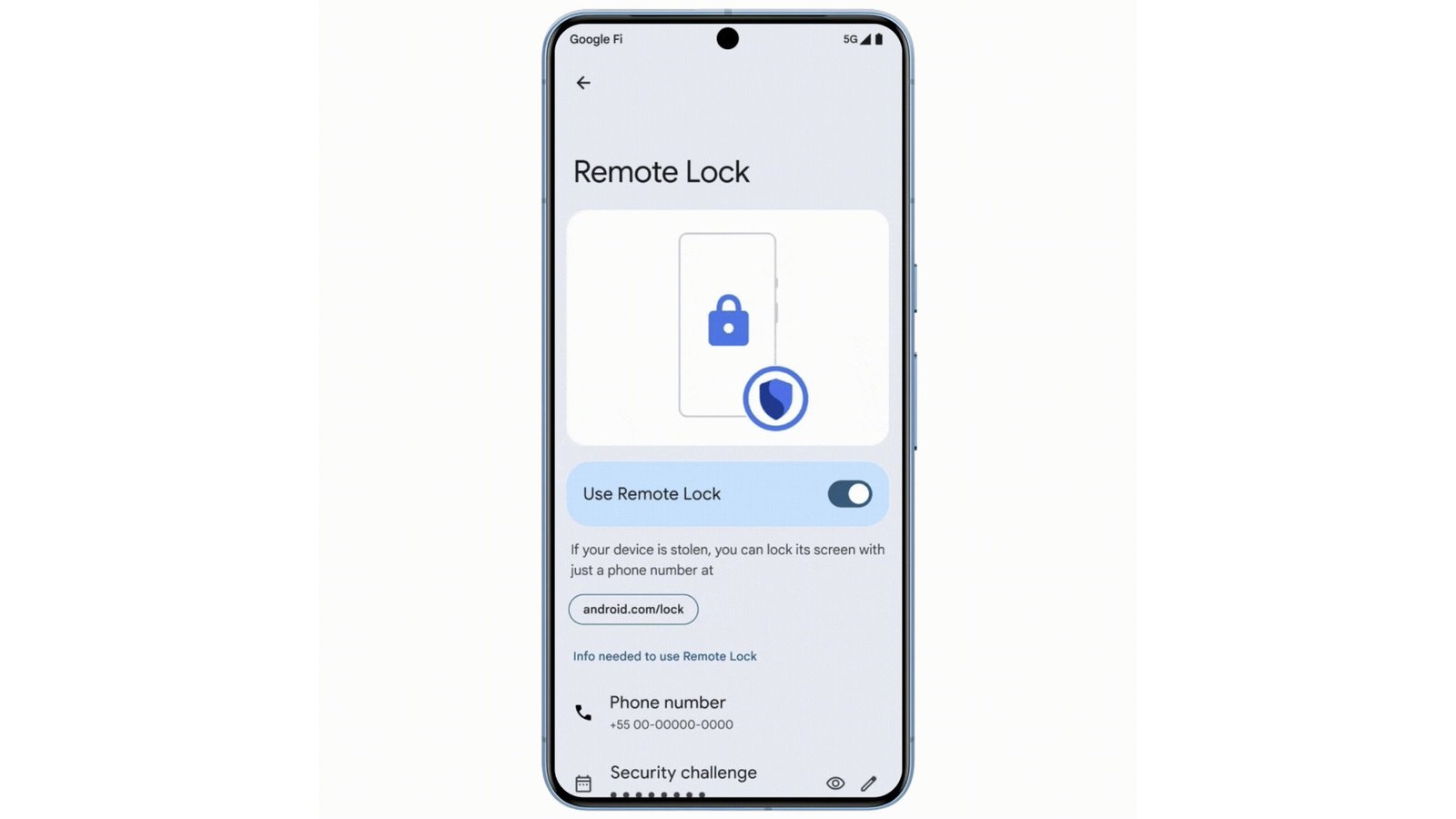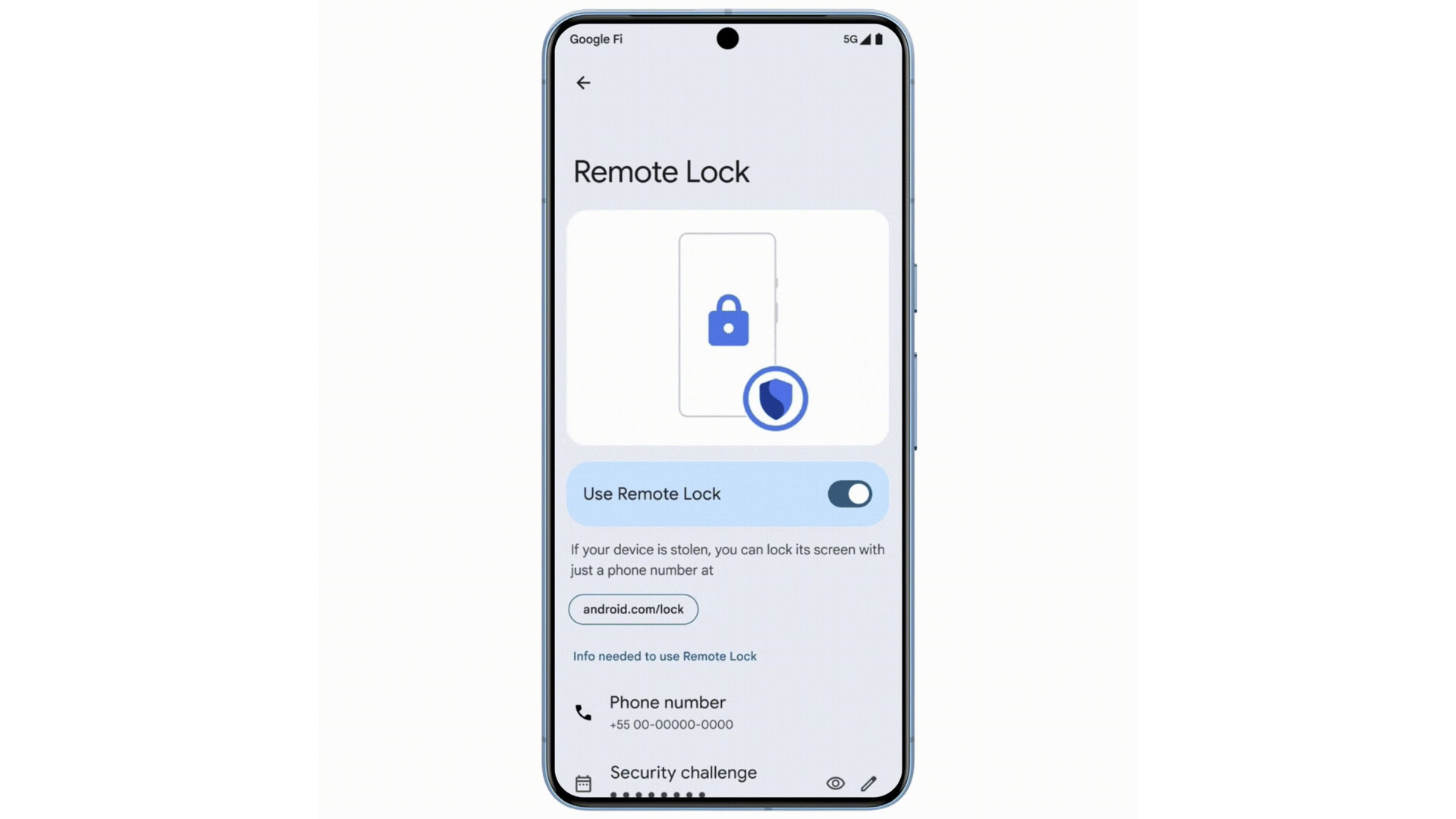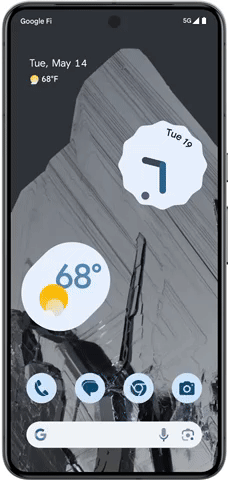
Theft protection is genuinely the most useful Android feature in years
-
by Anoop Singh
- 6
Tech is too iterative, too boring, and too focused on AI. And then there are genuine moments of wonder when a company announces an impressive new feature, and you go, “AHA! YES. THAT!” Once it’s out there, that feature seems so obvious, so simple, and so impactful that you can’t imagine going back to a world where it doesn’t exist.
These moments are becoming few and far between, but I’ve gone through them with Google a few times in recent years. First, there was the Pixel’s car crash detection, launched in 2019, which relies on the phone’s location, microphones, and physical motion to guess if you’ve been in a crash and help you get in touch with emergency services. Then, there was Android’s earthquake alert system in 2020, which uses millions of Android phones‘ accelerometers to detect vibrations and alert people in the area, giving them a few precious seconds to react and take cover.

Now, Google is using similar sensors to determine whether your phone has been snatched while unlocked. When I heard the feature being described, I had one of those “Aha” moments again. As someone who frequently uses public transit in Paris and grips their Pixel 8 Pro a little too tight because of the notorious theft rates in the Parisian metro, this is the kind of feature I never knew I needed but that I wouldn’t want to live without anymore.
This is the kind of feature I never knew I needed but that I wouldn’t want to live without anymore.
It sounds deceptively simple and obvious, too, but someone had to think of it. Here’s the scenario: You’re holding your phone, unlocked, and browsing or streaming or doing whatever you do on your phone. A thief snatches it, runs far away from you, and is smart enough to immediately open the camera (to avoid display timeout and hence keep the phone unlocked). Once they’re in a safe space, they can disable Find My Device, go into your apps, get your data and photos, buy things, and do a lot of online and financial damage. Phone thieves rarely care about the price of the phone they’re stealing; they want the more valuable information and data in it.
In that kind of scenario, you don’t have much time to avoid the damage. Logging in to your account from another device and setting up remote lock takes time and requires a good Samaritan (or that you still have a spare computer or phone on you). Time that the thief has probably used to get away with a bunch of nefarious things.
Our phones carry our lives, and phone theft isn’t about stealing the actual device anymore, but the data inside it.
Android’s upcoming theft detection lock avoids all of this headache. If your phone is unlocked, the accelerometer detects a jump (the snatch) followed by fast movement away from its original location (the getaway) to lock itself automatically. If the phone is still in your hands, and you did some sudden weird acrobatics to trigger it, you just unlock your phone as you normally do and go about your merry way. If, however, the phone was actually stolen, the thief can do zilch for a while. They would need illegal hardware and software to get into the phone, by which time you’ve hopefully erased it.

Look, if someone is hellbent on stealing your particular phone and getting your particular data, I’m sure they can figure out a way to do it. Nefarious people will always find a way. But theft protection — be it for phones, cars, or homes — is about raising the barrier and lowering the incentive, and this is what this new Android feature does. It puts another hurdle in the way of petty thieves and forces them to abandon snatch-and-grabs.
Google is making sure millions of Android phones would be less desirable as snatch-and-grab targets.
My favorite part of this, though, is what Google said about its rollout. While the feature will first come with Android 15 “later this year,” it should still trickle down to older Android versions through Play Services. That means it could impact millions of phones overnight and make them far less vulnerable as theft targets. And once the word spreads among the thieving community, far less desirable, too.
And while you may not need this feature every moment and every day, it’s akin to car crash detection and earthquake alerts. Just like airbags in a car, you don’t use them every day, but the one time you need them, they’re there.
It’s been a couple of years since I’ve seen Android add something so genuinely useful. An icon here, a toggle there, a hidden menu somewhere — those are all fine. But something that can, in an instant, be the differentiator in your life? No, these are rare occurrences, and a theft detection lock is among them. Now we wait until the feature actually launches to test it out.
You might like
Tech is too iterative, too boring, and too focused on AI. And then there are genuine moments of wonder when a company announces an impressive new feature, and you go, “AHA! YES. THAT!” Once it’s out there, that feature seems so obvious, so simple, and so impactful that you can’t imagine going back to a world…
Tech is too iterative, too boring, and too focused on AI. And then there are genuine moments of wonder when a company announces an impressive new feature, and you go, “AHA! YES. THAT!” Once it’s out there, that feature seems so obvious, so simple, and so impactful that you can’t imagine going back to a world…
